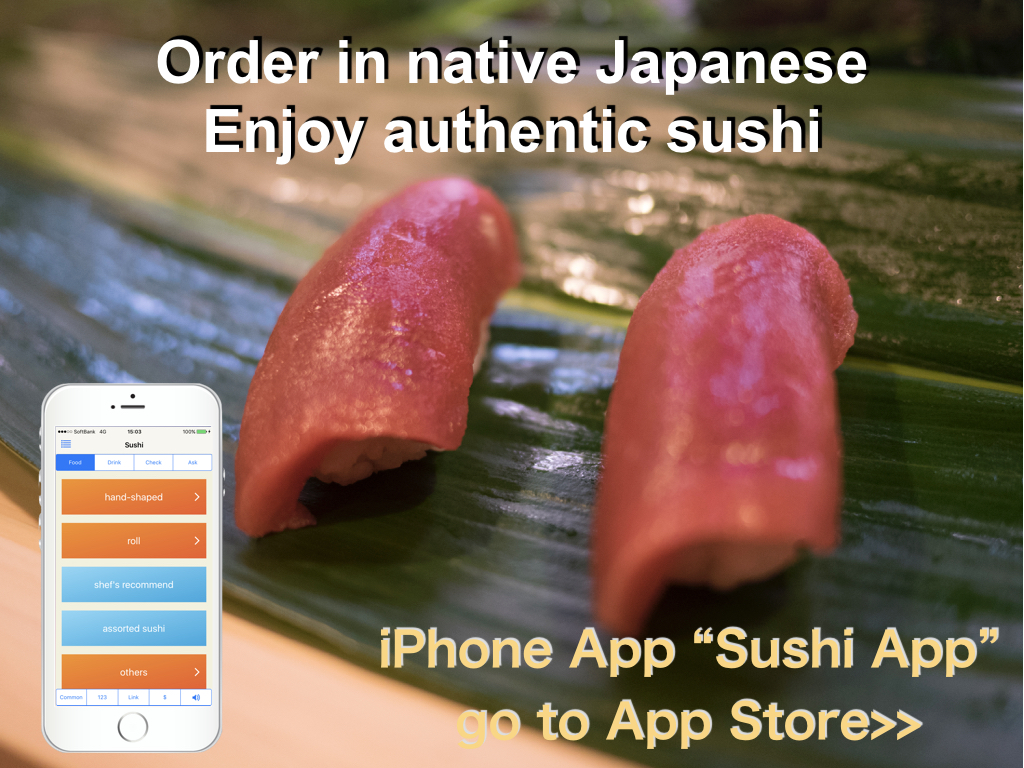4 Rules to Cook Sushi like a Pro
Today, I would like to introduce a guest post from Mr. Andrew Black. This article is about Sushi. I posted how to make Sushi Rice before. I hope that article will be also good for you.
Sushi is not commonly made and cooked at home even in Japan. That is contrary to what you may think. In Japan, there are specialty sushi bars that make and sell the authentic Japanese dish. Sushi is so special that the Japanese people think making it should be left to expert sushi chefs.
You can still try to make your very own home-made sushi. It will be a real challenge, but practice makes it easier. Do you want to impress anyone? You can learn to cook sushi like a professional. Here are four helpful rules that can serve as your guide.
Choose high quality and fresh fish
Be careful when buying raw fish for your sushi. Look for sashimi-grade fish, which is the most ideal for the purpose. High quality and fresh fish for sushi can be found and bought at any local sushi bar or Japanese market. Regular fish should not be used as an ingredient for the dish because it has not undergone a natural process to make it qualified for raw food preparation. It may contain parasites and bacteria. Moreover, fresh water fish should not be eaten raw. Always remember that fresh fish always smells clean, and does not have a fishy smell to it.
Wash the rice
Use medium-grain California rice or short-grain Japanese rice to cook sushi. It is important to wash the rice carefully to eliminate starchy powder that may stick to the grains. Presence of such powdery material would hinder the proper absorption of water and vinegar. The overall quality of sushi will also then be affected. Wash accurately measured rice using cold water a few times or until the water runs clear and then put it into a rice cooker to cook.
Using sushi vinegar in rice
Sushi-su or sushi vinegar is an important component of the dish. It is comprised of rice vinegar, salt, and sugar. You can make your own which allows you to adjust the taste based on your personal preference. There is also another option: buy powdered sushi rice seasoning, which is available in many Asian superstores nowadays. Ordinary bottled vinegar is not advisable because the taste may be different and it may make your rice too wet. Pour a few drops of sushi vinegar into a bowl of cooked rice. Toss the rice over and over, adding more sushi vinegar until you reach the desired taste and consistency.
Rolling
You will have realized that the most difficult part of the process is rolling the sushi. It should be tight enough, but have even distribution of content. You can’t possibly do it using bare hands. Use a sushi mat, which facilitates better control as you roll your sushi altogether. Press the roll firmly to keep it from falling apart. Arrange all ingredients precisely before rolling and sealing it. Slice the sushi roll afterwards with a sharp knife.
After succeeding in preparing and cooking sushi, you should pay attention to its presentation. Arrange the slices in a plate where your guests can see the attractive and appetizing fillings inside.
Andrew is a food enthusiast with a passion for blogging. Andrew has written numerous articles about Japanese and Asian food. When he is not blogging, Andrew distributes commercial rice cookers to Japanese restaurants and sushi bars.


No comments yet.